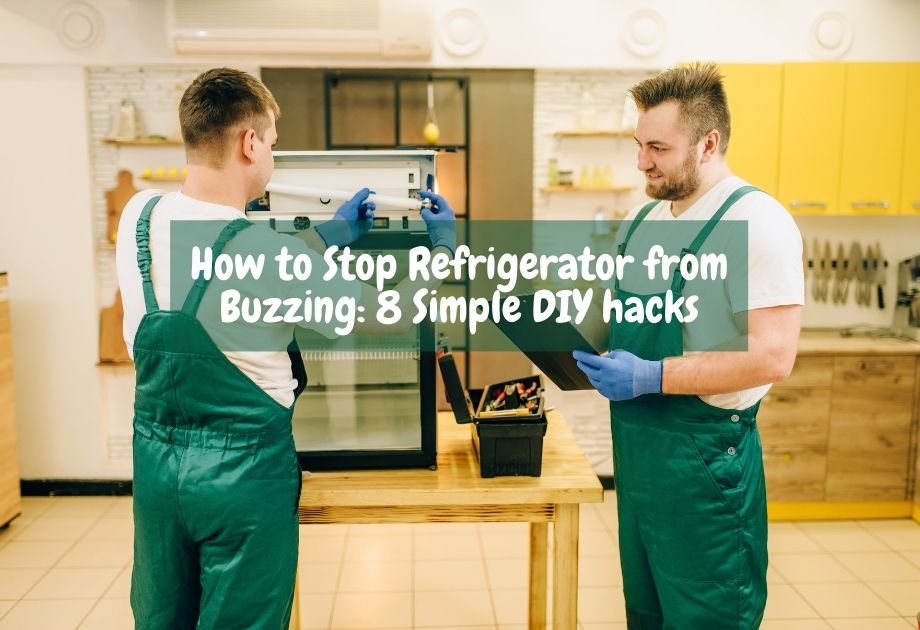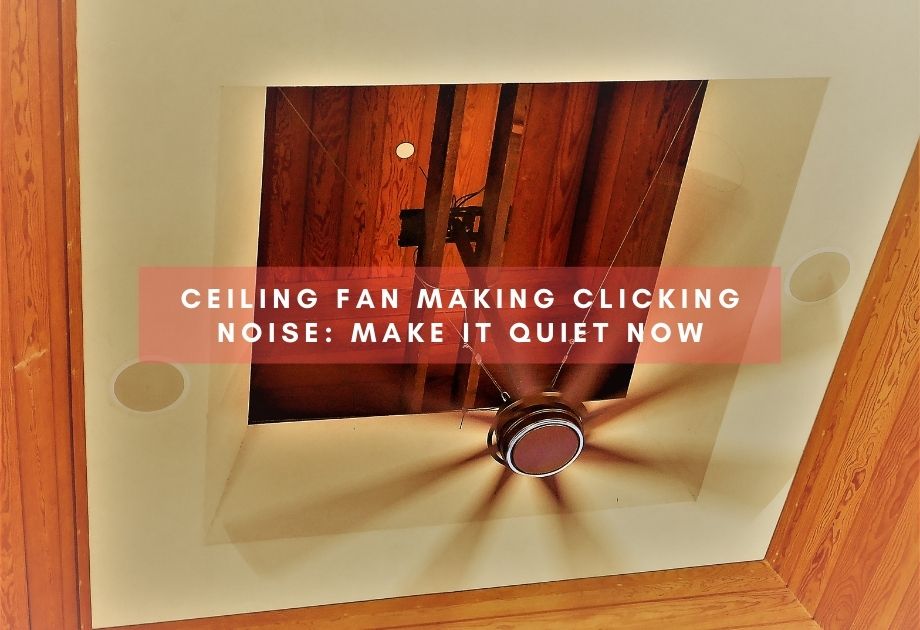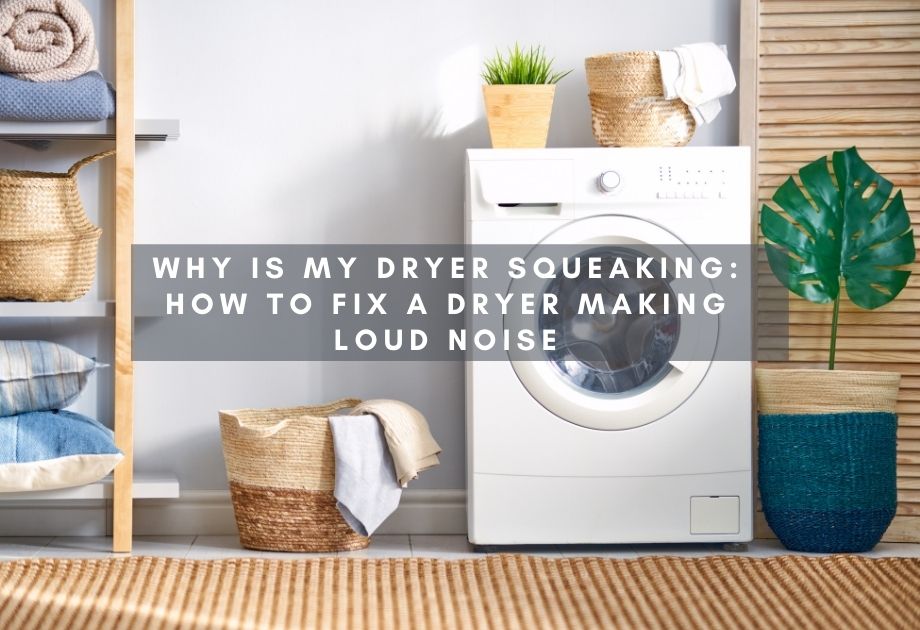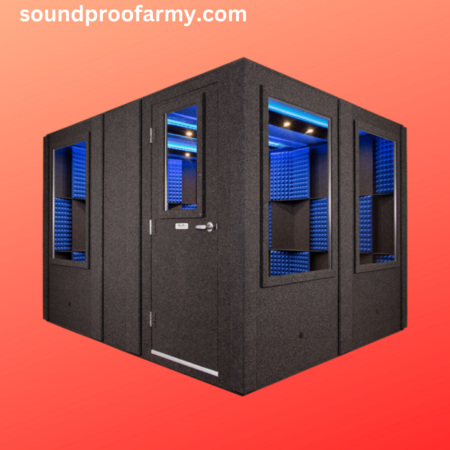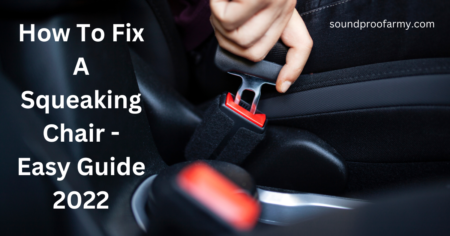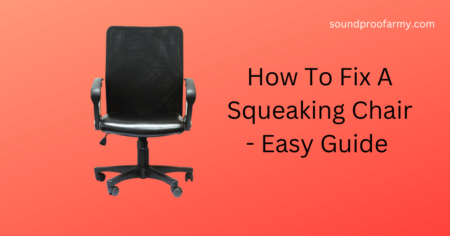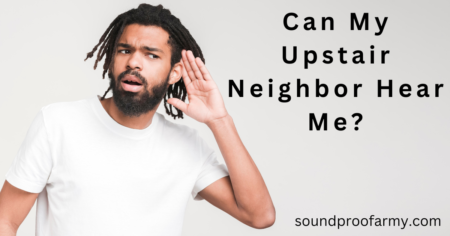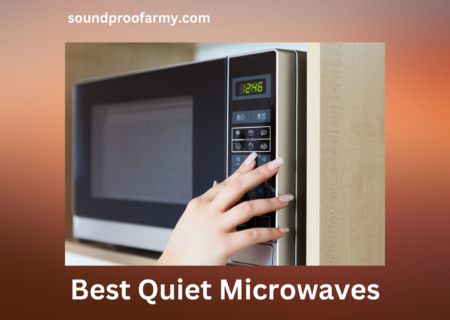If you are looking to block outside noises from coming in, earplugs can be a great solution. But the question is how to block out noise without earplugs?
Not everyone wants to wear the same old-fashioned foam plugs that you see at construction sites. Luckily for you, there are DIY options out there if you know where to look.
This blog post will discuss some DIY Tips and Tricks (alternatives) to earplugs.
That will help you cancel the outside noise as earplugs do!!
Related Post: Alternative to Earplugs For Sleeping
Table of Contents
List of DIY Alternatives on How to Block Out Noise without Earplugs
Below are some DIY alternatives to apply except the earplugs.
Deal with the Source of the Noise
It is important to address the root cause of your noise issues before trying any DIY methods.
If you can identify where the sound comes from.
For example, stems from a window or door that has lost its seal around the edges,
Or if your neighbor playing loud music? if your roommate playing a musical instrument?
You can politely ask your friend or a neighbor to use these noise-making appliances when you are not around.
Many people don’t even realize that their music and other tasks are disturbing or annoying other people around them.
So, talk to them politely is the basic and most effective solution.
Move Away from the Noise
The other thing to do when you’re trying to avoid noise moves away from it.
Walking outside for a minute or two and then come back inside, which will allow your ears time to adjust.
You might also want to try turning on some music. ideally, with lyrics that are less likely than others to be competing with the outside sound, you hope not to hear so much of.
If all else fails, give in and turn up the volume!
The ambient noise created by something like a radio or TV show can often drown out other sounds around us without any effort at all!
If you are sharing a bedroom wall with noisy neighbors, you can move to the farthest room from the bedroom.
You can ask your companion if you are sharing the apartment to move out if the questions are over and they are taking you for granted.
In many situations moving away is not ideal, in those scenarios you should try other ways to reduce the noise.
Soundproof your Window
Ever since I started living in a downtown apartment, the constant noise outside has really been bothering me.
My upstairs neighbor is constantly slamming his door.
And the guys who live nearby talk loudly on their front porch while having beers every day.
Plus my dishwasher makes loud noises when it runs so even if the window was closed,
You can still hear everything going on outside!
Don’t let the sounds of life keep you from enjoying your own space.
These DIY tips for soundproofing your windows will help you out.
Steps for soundproofing the window:
- Find the right materials.
- A few essentials to soundproof a window are a rubber sealant, garden hose nozzle, and some insulated foam.
It is also a good idea to have an old towel handy. - Score around the window edge with knife and use a putty knife to remove the sealant from around the window.
Scoring may help you get rid of any hardened sealant that needs removing.
Apply liberal coats of rubberized-sealant all along the edges of the seats in between glass/wood that make up your windowsill.
It is important not to skimp on this step because soundproofing depends heavily on how much sealant you apply. - Place the rubberized-sealant around the edges on your window and let it dry until completely cured.
You may have to reapply if necessary. - Use some kinder garden hose nozzle with an adjustable spray head attachment that will make applying insulation foam easier.
Take care not to put too much pressure in one spot when spraying,
because it might cause bubbles to form which would diminish soundproofing benefits.
Spray areas such as sides and top within 12 inches from where the lower frame meets the top frame. - Cover these sprayed areas with pieces of insulated foam using an old towel to prevent it from sticking too much.
- This process can be applied to doors or other sound sources with windows nearby that you want blocked out.
Make sure not to forget about these areas when applying rubberized sealant because they will make a huge difference!
Soundproofing Tips:
Common mistake people make is trying to insulate glass without first removing any seals that were put there by previous owners or tenants.
This often leads people into adding excess material which defeats the purpose of soundproofing.
Apply liberal coats to all areas where the lower frame meets and overlaps with the top frame in order to create a tight seal around those edges.
This includes any gaps or cracks that may have been created by past tenants who removed parts of an old window for whatever reason.
Do not skimp on these areas because they will make up about 75% of your soundproofing benefits so try to get as much inside as you can!
Soundproof Solutions:
In general, it is best if there are no windows near the source noise but if that’s not possible then it is important that you cover them with insulation foam.
And rubberized sealant before sealing off other sources such as doors using more of the same materials.
Tip: A few important things to keep in mind are that soundproofing is affected by how much insulation foam you use and the sealant around all edges of your windowsill.
It’s also crucial not to skimp on these areas because they make up about 75% of the benefits!
Soundproof your Door
Are you struggling to focus at work, sleep in your home, or in school because of all the noise coming from outside?
Soundproofing your door is a great way to block outside noise from coming in.
You can purchase acoustic foam strips at the hardware store, cut them, and then attach them to the top and bottom of your door frame with adhesive tape.
Another option would be to install weather-stripping around your inside doors frames or buy an interior storm window for your windows that are near where sound may come into the house.
Use green glue compound to attach foam panels and fabric material; use an air compressor to form large blocks into smaller ones.
Tip: place curtains over windows, hang blankets or heavy fabrics on door frames. Use rubber weather stripping at doors’ thresholds.
Next Steps – outline these next steps in order to accomplish your goal:
- Create a budget (estimate what you will need)
- Find reputable companies that specialize in noise reduction products
- Shop around for prices
- Compare quotes from different vendors with one another
- Take note of any warranties offered by each company before making final decisions about who you would like to work with.
- The final step in soundproofing is to make sure that the door has been properly insulated and sealed.
This can be achieved by adding insulation on top of the door, using foam sealant underneath it, or a quality steel security door with high-quality locks.
Soundproof your Walls
Soundproofing is a way to eliminate sound from coming in or out of your home.
Sound can come through the walls, drop ceilings, and floors with gaps.
The most common sounds that people want to block are noise from neighbors, traffic outside their homes, as well as pets running around inside.
It’s important not just for privacy but also for preserving sanity when you’re trying to get work done at home!
Soundproofing can also be done by adding insulation to the walls, which will reduce any sound coming through cracks.
You may want to consider installing an acoustic panel on one or both sides of a wall that has drywall with gaps.
This way you’ll not only have fewer echoes bouncing back into your space but it’ll keep noise from getting out as well because all those little pockets help contain the sound energy and should make things quieter overall.
It’s easy enough to install either type of solution for most people; they just need some basic tools and materials and some knowledge about what needs to go where!
Acoustic Barriers: Are effective in reducing any echoes bouncing back into one space and also help contain extra sound energy so it doesn’t travel further than necessary.
Drywall with Gaps: Installing acoustic panels on either side of the wall will reduce noise coming through cracks, as well as keep all those little pockets from making things louder!
Insulation: Adding insulation to your walls can also aid in keeping outside noises out, only a few inches is needed for this type of solution!
Soundproof Divider Curtains around Your Bed
One way people can get better sleep is by installing soundproof dividers around their beds.
Soundproof dividers are made from two layers of fabric, one side is wavy and the other side is flat.
The waves on the first layer create sound-damping pockets that absorb excess noise coming in through your bedroom window while still letting light shine out.
Meanwhile, the second layer blocks any outside noises or flashes of sunlight coming in to disturb you during sleep.
It will block up to 90 percent of all sound leakage with these high-quality curtains for a DIY project that takes about 30 minutes if done yourself.
This project can be beneficial by not only allowing people to get more quality shut-eye but also improving acoustics,
Making a room larger and peaceful as well as providing privacy with blocking out light so may benefit someone who needs quality rest.
If you are interested in soundproof divider curtains then check out our store on Amazon today!
Benefits:
- Provides quality sleep
- Improves acoustics in a room
- Blocks out light so no one can see inside your bedroom
Challenges:
The first layer takes about 30 minutes if done yourself.
If the dividers are not installed correctly, they might fall off and provide an escape for bugs to enter.
This is great for those who like sleeping with windows open but may cause problems for someone who likes having their window curtains closed when they go to bed.
Dividers will block up to 90 percent of sound leakage due to these high-quality curtains.
They also help make a room larger and more peaceful as well as providing privacy by blocking outside noise or flashes of sunlight coming into the room.
Dividers can last up to five years with proper care when installed correctly for those who need better sleep and want more privacy than having a window curtain open would offer.
Note: Prices vary by size.
Acoustic Panels
These panels are a great way to reduce noise in an environment.
Acoustic panels absorb sound waves and prevent them from bouncing off of the wall, floor, or ceiling so that they can be absorbed by regular construction materials like drywall or studs.
It is important for acoustic panels to have a high mass because otherwise, they will not provide any significant benefits.
The purpose of adding acoustic paneling to your space is two-fold;
First, it reduces reverberation which means you hear fewer outside noises inside (and vice versa).
Second, it provides insulation against outdoor sounds such as traffic or other animals’ calls.
This makes living near busy streets much more bearable even if there aren’t enough windows!
For this reason, many people cover their windows with acoustic panels to block out the noise.
Acoustic panels are a great option for reducing unwanted sound in your space because they can be installed directly on walls, ceilings, and floors without taking up too much room or making any significant changes to your living area’s aesthetics.
They come in many different colors so you’re sure to find one that matches your decor!
Acoustic panels are also easy to clean which is a bonus if you have kids who know how to get into everything!
White Noise Machines
White noise machines are clever little gadgets that emit sound at a level to mask unwanted noises.
They can be used in different ways from blocking outside noise while sleeping, to drowning out an annoying coworker’s chatter during work meetings.
White Noise Machines come in all shapes and sizes.
Some basic models include speakers which produce broadband sound waves that block distracting background sounds ranging from traffic or noisy neighbors.
It helps lull babies to sleep without any crying whatsoever!
Other types include headphones that deliver either constant “white” noise (such as static) or customizable tones such as ocean sounds or rainforest chirps.
Some models are built into a pillow or mattress pad, while others can plug into an outlet and be left on all day – no need for batteries!
Just look up “white noise machine” online and you’ll get tons of great options that fit your needs.
Pros and Cons:
A white noise device does not produce sound itself, but rather creates sound waves over a broader spectrum of frequencies than the noise you’re trying to block.
Some people have found white noise machines helpful when they work in an open office where there are many distractions, and some have used them with their baby or toddler who’s having trouble sleeping.
It is important to note that these devices may not be a long-term solution, as they block out noises by overpowering them
If you are seeking relief from tinnitus (ringing in the ears), white noise machines may not help – it is best to consult with your doctor or audiologist for more information.
Conclusion on How to Block Out Noise without Earplugs?
Above mentioned methods are best for block out noise without earplugs.
It’s very important to try these hacks as which one’s works for you the best.
For best and better results you can combine the above-mentioned Hacks to avail the most soundproofing or to block the out noise.
For example, soundproof windows, walls, doors, and floors can be done simultaneously to increase the reduction of noise.

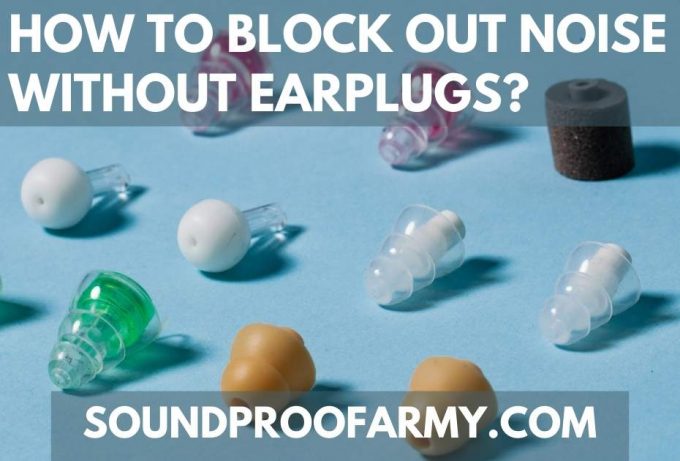

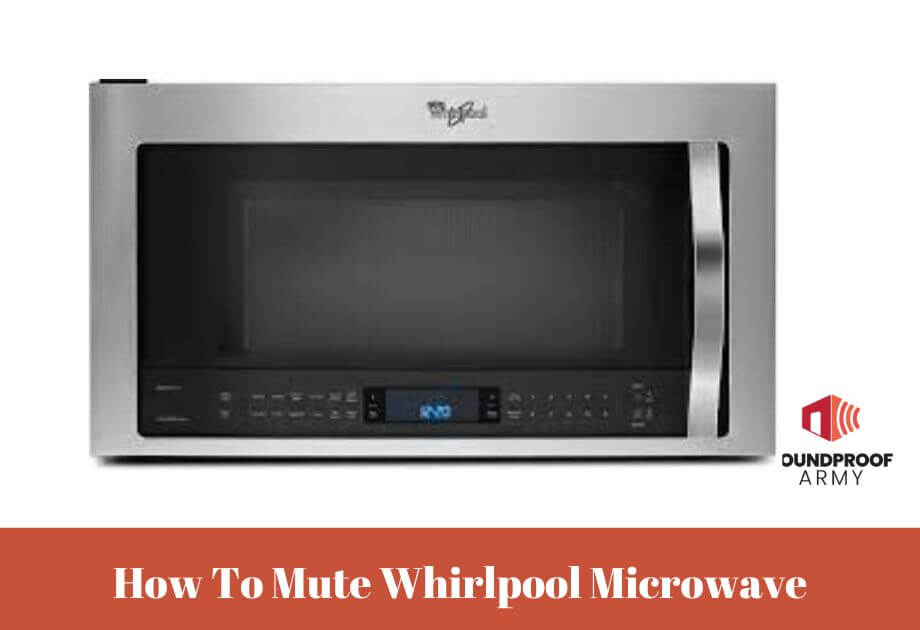
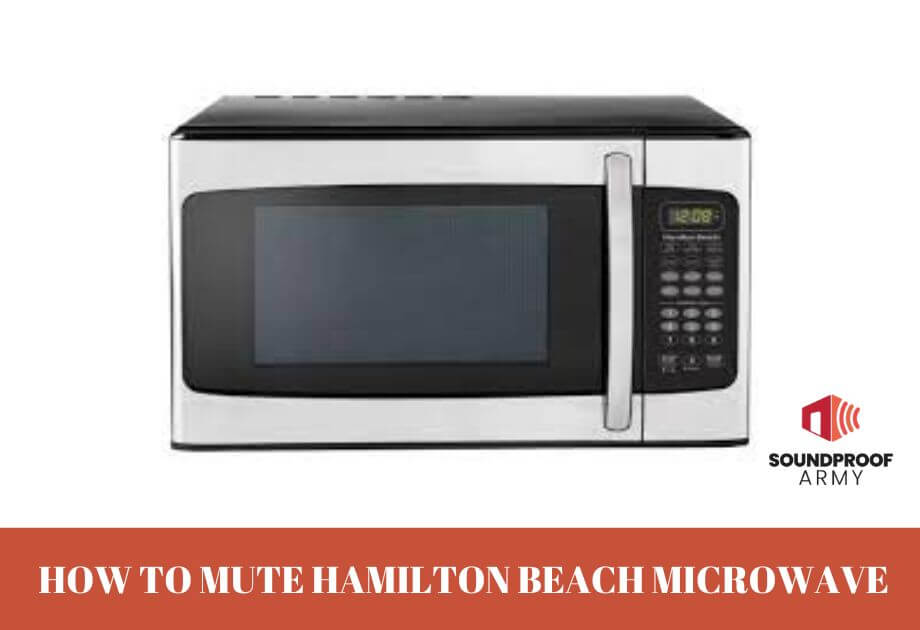
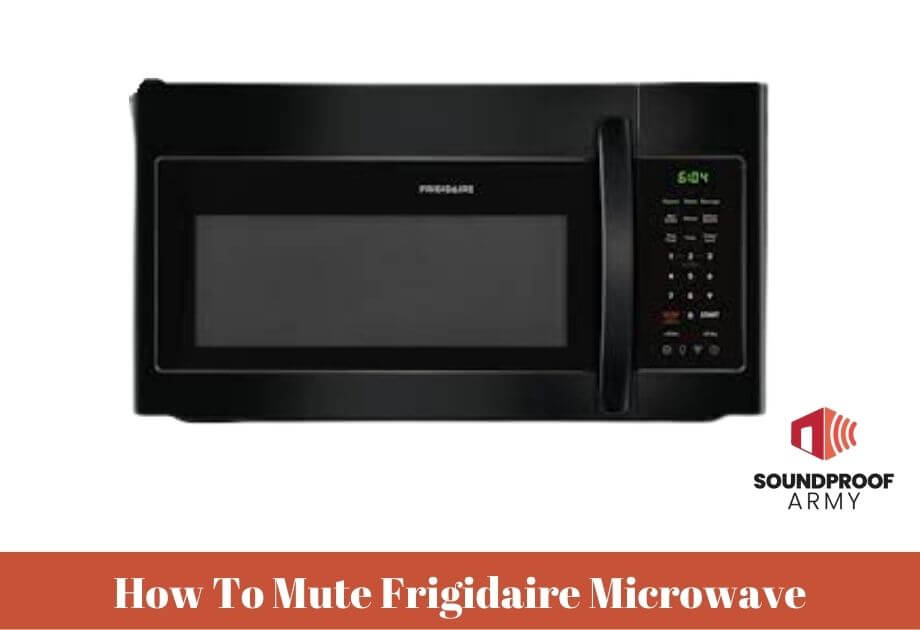
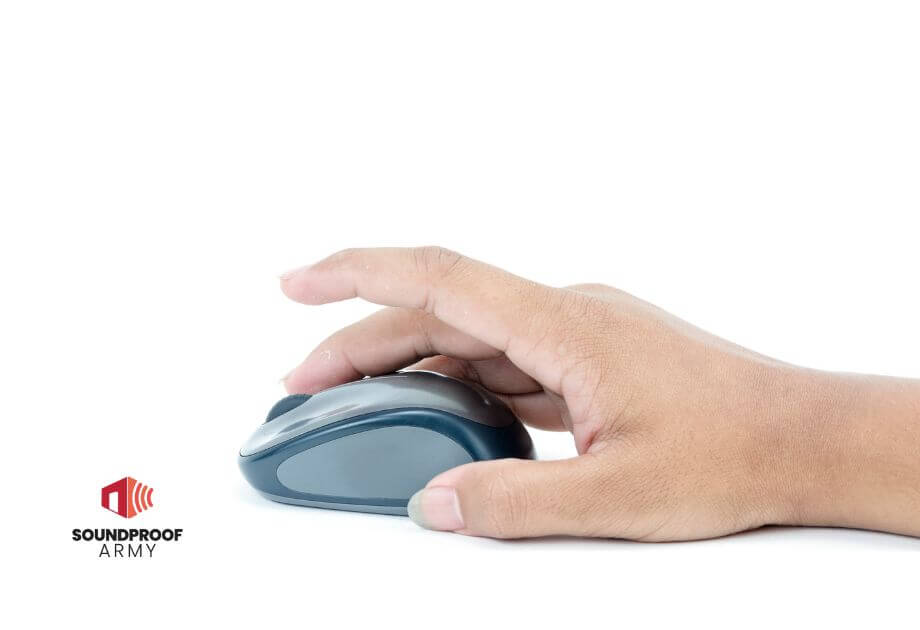
![How to Make your Generator Quiet [11 Tips]](https://soundproofarmy.com/wp-content/uploads/2021/06/How-to-make-your-generator-quiet.jpg)
